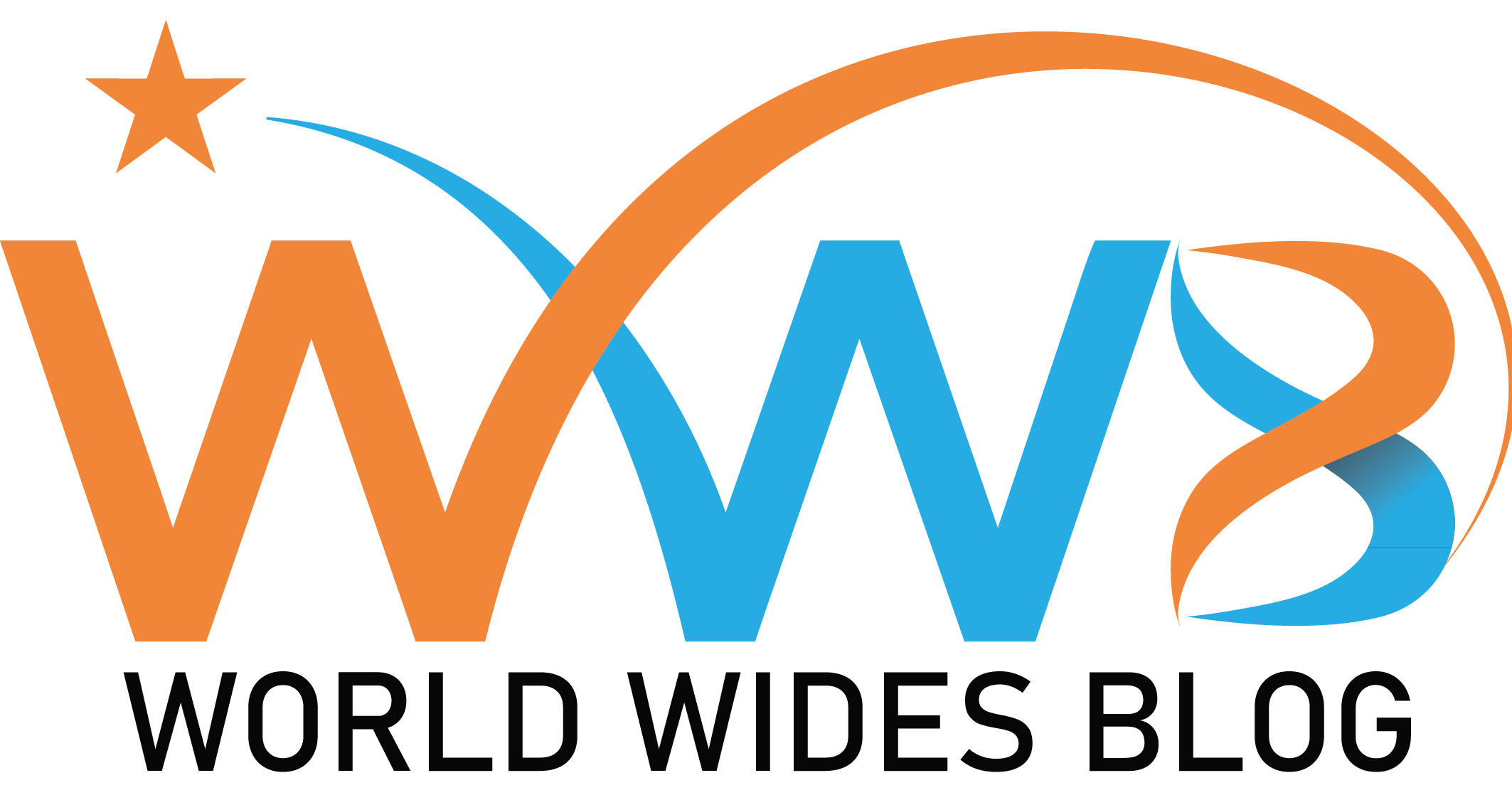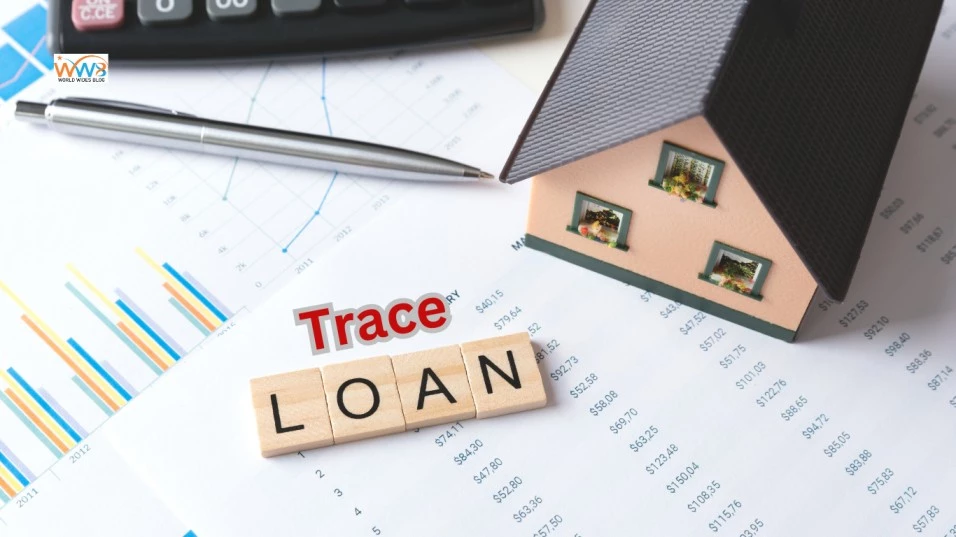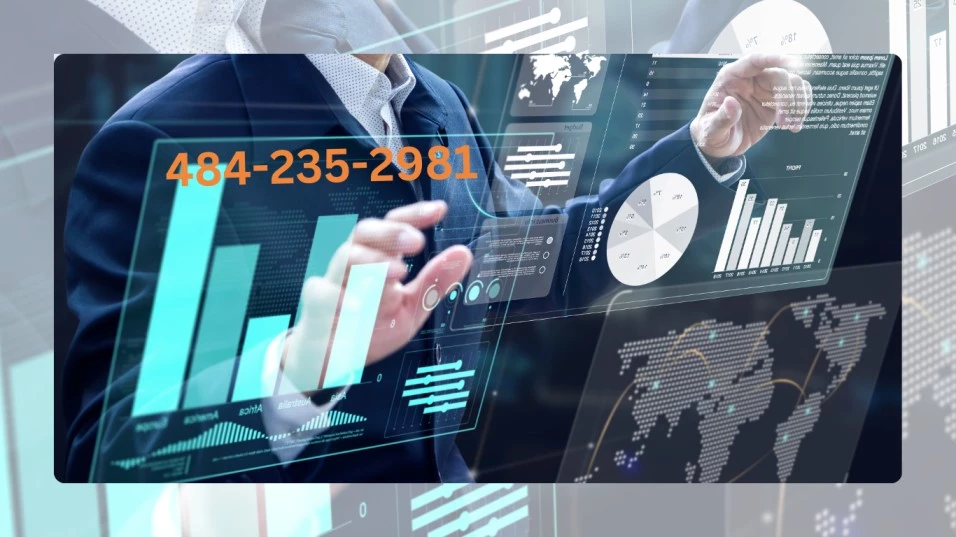The need for flexible, secure, and efficient financial solutions has never been more apparent in today’s fast-paced financial world. Enter Traceloans, a relatively new but increasingly significant player in the financial markets. Traceloans offers a unique approach to borrowing and lending that caters to various needs, from corporate liquidity management to individual investment opportunities.
But what exactly are Traceloans? How do they work, and why are they becoming such a critical component of the financial landscape? This comprehensive guide will delve into these questions and provide everything you need about Traceloans.
How Traceloans Work
Understanding the mechanics of Traceloans is essential for anyone considering this financial option. At their core, Traceloans are designed to facilitate borrowing and lending in a streamlined and secure manner. Here’s a simple look at how they work.
The Basic Mechanism Behind Traceloans
Traceloans operates through a digital platform where borrowers and lenders can connect directly. The process typically begins with a borrower applying for a loan through a Traceloan platform. This platform then matches the borrower with potential lenders based on predefined criteria, such as the loan amount, interest rate, and repayment terms.
The loan is disbursed once a match is made and the borrower agrees to repay it under the agreed-upon terms. The entire process is automated, reducing the need for intermediaries and speeding up the transaction.
Key Players Involved in Traceloan Transactions
Several key players make Traceloans possible, including:
- Borrowers: Individuals or businesses seeking funds for various purposes.
- Lenders: Financial institutions, individual investors, or corporations willing to lend money in exchange for interest.
- Traceloan Platforms: Digital platforms that facilitate the matching process and ensure the transaction’s security and transparency.
Types of Traceloans
Traceloans are not a one-size-fits-all solution. Different types of Traceloans cater to various financial needs and risk profiles. Here are the most common types.
- Secured Traceloans
In a secured Traceloan, the borrower offers collateral, such as real estate or other valuable assets, to ensure the loan. This lowers the lender’s risk and usually means better terms for the borrower, like lower interest rates.
- Unsecured Traceloans
Unsecured Tranceloans, on the other hand, do not require collateral. Because these loans are riskier for lenders, they often have higher interest rates. However, they offer more flexibility for borrowers needing assets to pledge.
- Short-Term vs. Long-Term Traceloans
Traceloans can also be classified based on the loan duration. Short-term Traceloans are ideal for immediate cash flow needs and are usually repaid within a few months. Long-term Traceloans can last for several years. They are suitable for making more significant financial investments.
The Benefits of Traceloans
Why should you consider a Traceloan? Here are some of the key benefits that make them an attractive option.
Liquidity Management
Maintaining liquidity is crucial for businesses’ day-to-day operations. Traceloans offers a quick and efficient way to manage liquidity without tying up capital in long-term investments.
Risk Mitigation
By allowing for collateralization, collateral loans can reduce the risk for borrowers and lenders, leading to more secure and predictable financial outcomes.
Flexible Financing Solutions
Unlike traditional loans, which may have rigid terms, Traceloans offer flexibility in repayment schedules, loan amounts, and interest rates. This adaptability makes them suitable for a wide range of financial needs.
The Role of Technology in Traceloans
The rise of Traceloans is closely linked to technological advancements. Technology is crucial in how Traceloans are structured, executed, and managed from digital platforms to blockchain.
Digital Platforms and Traceloans
Digital platforms are the backbone of Traceloans. They provide a seamless interface for borrowers and lenders to interact, ensuring that transactions are efficient, secure, and transparent. These platforms often come with built-in tools for risk assessment, loan tracking, and automated repayments.
Blockchain and Traceloans
Blockchain technology is beginning to impact the Tracelloan industry. By leveraging blockchain, Tracelloans can offer enhanced security, transparency, and traceability, which is particularly valuable in reducing fraud and ensuring compliance.
The Future of Traceloan Technology
As technology continues to evolve, so too will Traceloans. The future may see the integration of artificial intelligence and machine learning to refine the matching process further, as well as the expansion of blockchain to create fully decentralized Traceloan platforms.
Who Can Benefit from Traceloans?
Traceloans are not limited to any one type of borrower. They offer benefits to a wide array of participants in the financial ecosystem.
Businesses and Corporations
For businesses, Traceloans effectively manage cash flow, finance growth, or covers unexpected expenses. Traceloans can be tailored to meet the specific financial needs of a large corporation or a small business.
Individual Investors
Individuals can also take advantage of Traceloans, either as borrowers or lenders. For those looking to invest, Traceloans offers an opportunity to earn interest on their capital with potentially lower risk than other investment options.
Financial Institutions
Banks and other financial institutions increasingly turn to Traceloans as part of their lending portfolio. These loans can diversify their offerings and provide a competitive edge in a crowded market.
Risks and Challenges of Traceloans
Market Volatility
Traceloans are susceptible to market fluctuations, which can impact interest rates and the availability of funds. Sudden market changes may lead to increased borrowing costs or reduced access to loans, posing challenges for lenders and borrowers.
Regulatory Risks
The regulatory environment for Traceloans varies by region and is subject to change. New regulations or changes in existing laws can affect the operation of Traceloan platforms, potentially leading to compliance issues or increased operational costs.
Credit Risk Management
Lenders are concerned about the risk of borrowers defaulting on their loans. Effective credit risk management is essential to minimize losses and ensure that loans are issued to borrowers with the ability to repay. Still, misjudging credit risk can lead to financial losses.
How to Apply for a Traceloan
If you’re considering applying for a Traceloan, it’s essential to understand the application process. Here’s a simple guide to help you through it.
Step-by-Step Guide to Traceloan Application
- Research and Select a Platform: Research Traceloan platforms to find one that suits your needs.
- Create an Account: Create an account on the platform you picked.
- Complete Your Profile: Provide the necessary personal and financial information.
- Submit an Application: You can apply for a Traceloan by specifying the loan amount, duration, and purpose.
- Review Offers: Once your application is submitted, you’ll receive offers from potential lenders. Review these carefully.
- Accept an Offer: Choose and accept the offer that best meets your needs.
- Receive Funds: The funds will be disbursed to your account once the offer is accepted.
- Repayment: Ensure timely repayment according to the agreed-upon terms.
Documentation and Requirements
If you’re applying for a secured Traceloan, be prepared to provide documentation such as proof of identity, income statements, and collateral details.
Common Pitfalls to Avoid
- Overborrowing: Borrow only what you can quickly pay back.
- Ignoring the Fine Print: Read all terms and conditions carefully before accepting a loan offer.
- Missing Repayments: Ensure you have a clear repayment plan to avoid penalties and damage to your credit score.
Regulatory Environment for Traceloans
The rules for Traceloans are complicated and different in each area. Here’s a simple guide to help you understand them.
Current Regulatory Framework
Most countries have specific Traceloans regulations focusing on transparency, consumer protection, and financial stability. Understanding these regulations is crucial for both borrowers and lenders.
Compliance and Reporting Obligations
Traceloan platforms and participants must adhere to strict compliance and reporting obligations. This may include regular audits, reporting to regulatory bodies, and maintaining detailed records of all transactions.
International Regulations Affecting Traceloans
International regulations apply to those involved in cross-border Traceloan transactions. These can involve additional layers of complexity, particularly in areas such as tax compliance and anti-money laundering (AML) requirements.
Case Studies: Success Stories with Traceloans
To illustrate the potential of Traceloans, here are some real-world examples of how they have been successfully utilized.
Corporate Success: How Companies Leverage Traceloans
A multinational corporation used Traceloans to manage its working capital more efficiently, allowing it to expand operations without resorting to traditional bank loans. The result was a significant reduction in financing costs and improved cash flow.
Small Business Growth through Traceloans
A small business owner used a Traceloan to purchase inventory during a peak season. The Traceloan’s flexibility allowed for quick repayment once sales increased, resulting in a 30% revenue boost.
Individual Investment Wins
An individual investor used Traceloans to diversify their investment portfolio. By lending to multiple borrowers through a Traceloan platform, they were able to earn a steady return with relatively low risk.
Comparing Traceloans with Other Financing Options
Traceloans are just one financing option available. Here’s how they compare to other popular choices.
Traceloans vs. Traditional Loans
Traceloans are often quicker to arrange and more flexible than traditional bank loans. However, conventional loans may offer lower interest rates for those with excellent credit.
Traceloans vs. Lines of Credit
While lines of credit offer revolving access to funds, Traceloans are typically one-time transactions. For those needing a lump sum of money, Traceloans may be more appropriate.
Traceloans vs. Peer-to-Peer Lending
Traceloans and peer-to-peer lending involve borrowing from individual lenders, but Traceloans often provide more structure and security through regulated platforms.
The Future of Traceloans
What does the future hold for Traceloans? Here are some new trends and guesses about the future.
Emerging Trends in the Traceloan Market
- Increased Adoption of Blockchain: Expect to see more platforms adopting blockchain for enhanced security.
- AI-Driven Risk Assessment: Artificial intelligence will play a more significant role in assessing borrower risk and matching loans.
- Global Expansion: As regulatory frameworks solidify, Traceloans will likely become more prevalent in emerging markets.
Predictions for the Next Decade
Over the next decade, Traceloans could become a mainstream financing option, particularly for small to medium-sized enterprises (SMEs). The integration of advanced technology and global standardization will likely drive this growth.
Tips for Maximizing Traceloan Benefits
To get the most out of Traceloans, consider the following strategies.
Strategic Planning with Traceloans
Before you apply for a Traceloan, make a clear plan. Decide how you will use the money and pay it back. This will help you avoid overborrowing and ensure the loan aligns with your financial goals.
Timing Your Traceloan Application
Apply for a Traceloan when interest rates are favorable, and you have a solid understanding of your financial needs. If possible, avoid applying during periods of market instability.
Partnering with the Right Financial Advisors
Consult with a financial advisor who understands Traceloans’ intricacies. They can help you navigate the application process and choose the best options.
Common Myths About Traceloans
Several misconceptions about Traceloans may deter potential users. Here, we show why some common myths are wrong.
Debunking Misconceptions
- Myth: Traceloans are only for large corporations.
Fact: Traceloans are available to all businesses and individual investors. - Myth: Traceloans are too risky.
Fact: While there are risks, they can be managed with proper planning and understanding of the terms. - Myth: You need collateral for all Traceloans.
Fact: Unsecured Traceloans do not require collateral, though they may have higher interest rates.
Clarifying Common Questions
Understanding how Traceloans works can alleviate concerns and open up new financial opportunities.
Conclusion
Traceloans represent a dynamic and evolving part of the financial landscape, offering a range of benefits for businesses, investors, and financial institutions alike. Whether you want to manage liquidity, secure flexible financing, or explore new investment opportunities, Traceloans may provide the necessary solution. As technology advances and the market expands, Traceloans are set to become an even more integral part of modern finance.
FAQs
What are Traceloans used for?
- Traceloans are used for various purposes, including managing liquidity, financing growth, and providing investment opportunities.
How does a Traceloan differ from a traditional loan?
- Traceloans often offer more flexibility and faster processing times than traditional loans, with the added benefit of digital platforms.
Are Traceloans safe?
- While there are risks, Traceloans can be safe when managed correctly, and both parties understand the terms.
Can individuals apply for Traceloans?
- Individuals can apply for Traceloans as borrowers or investors looking to lend money.
What is the future outlook for Traceloans?
- The future of Traceloans is promising, with expected growth driven by technological advancements and increased global adoption.











